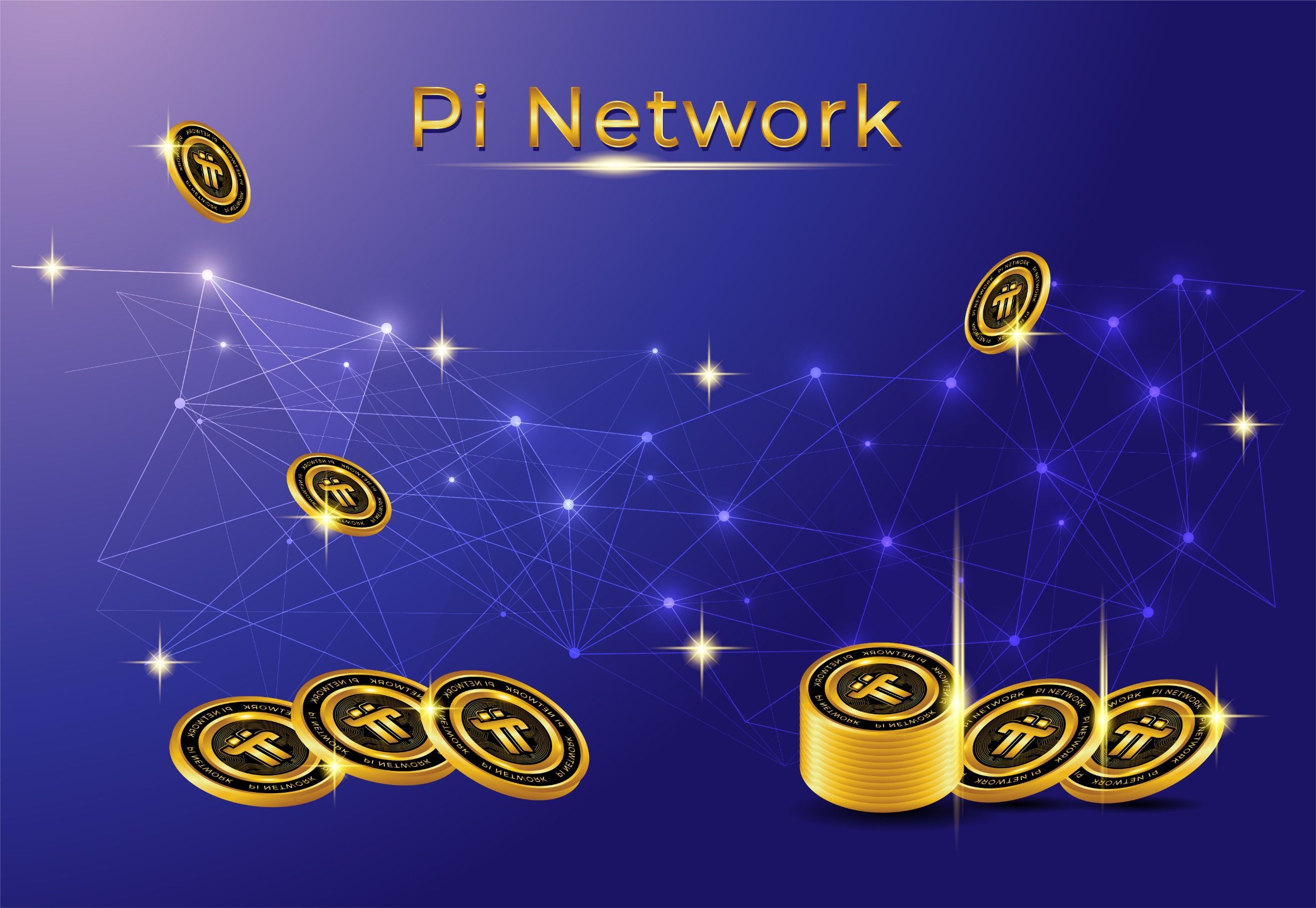Pi Network, the popular crypto project that lets people mine Pi coins on their smartphones, is still popular. A look at the number of Google searches, Twitter mentions, and app downloads show that the platform is used by millions of people every month. This article will explain whether it makes sense to still mine Pi in 2024.
What is Pi Network?
A background first. The crypto industry has grown rapidly in the past 15 years such that the total market cap of all cryptocurrencies has jumped to more than $1.7 trillion. This makes it one of the biggest asset classes in the world.
Cryptocurrencies use different approaches to bring new tokens or coins in the market. Bitcoin introduced the concept of proof-of-work (PoW), which relies on computers to mine new coins and bring them in the market.
The challenge with PoW is that it requires expensive computers to do the mining. This explains why most mining is now being done by big publicly traded companies like Riot Platforms, Marathon Digital, and Bitfarms.
Pi Network aims to change this by making it possible for people to mine the Pi Coin using a smartphone. This is important because there are billions of smartphones globally, with some going for less than $50.
Pi Network’s idea became highly popular around the world. For example, the Android app for Pi Network has over 50 million downloads and over 648k reviews. Many people have downloaded the apps in their iOS devices.
The popularity jumped as it became clear that the mining process was simple and that these coins could be worth much more when they were listed in exchanges. There is a good precedent for this. For example, tokens like Pepe and Bonk moved from nothing and created millionaires along the way. The same is true with other tokens like Shiba Inu and Celestia.
Pi users were also motivated by the solid resumes of the founders, who went to Stanford University, one of the most prestigious ones in the world.
Where things stand for now
Pi Network was started in 2018, meaning that it is now five years old. A lot has happened during this period. The most significant milestone happened in December 2021 when the developers moved it into an enclosed mainnet.
An enclosed mainnet means that the software is live but is only accessed by some users within the ecosystem. During this time, the developers have worked to incentivise developers to build applications that will support the economy. For example, they launched Fireside Chat, a social media platform that lets people communicate.
They are now running a hackathon to find and fund new developers in the ecosystem. The goal is to ensure that there are a wide variety of apps that are in the ecosystem. This enclosed mainnet will be followed by a full mainnet launch.
The developers are also working on KYC procedures, where they are looking at details of the pioneers. The goal is to ensure that the community abides by the law around the world. As a result, because of the number of these pioneers, the process has taken long.
FAQs
When will the Pi Network mainnet launch?
It is unclear when the Pi Network mainnet launch will happen. In a recent statement, the developers noted that their goal was to launch it this year. But this will only happen if three conditions are met. First, they need to have gone far enough in the KYC process. A recent update explained the challenges facing this KYC process.
Second, the launch will happen when they have made enough progress in terms of technology, business, product and legal. Finally, it will happen when there is an absence of unfavorable external environment. As I wrote in January, I don’t expect that the mainnet launch will happen this year.
Is it still worth it to mine Pi in 2024?
Mining Pi Coin is relatively easy since all you need to do is to press a button in the application. However, I am still not convinced whether it makes sense to do that. Besides, many pioneers have been doing this for five years and the mainnet launch never arrives. It is also not clear whether the Pi Coin will do well when it goes public since most holders will rush to sell.












